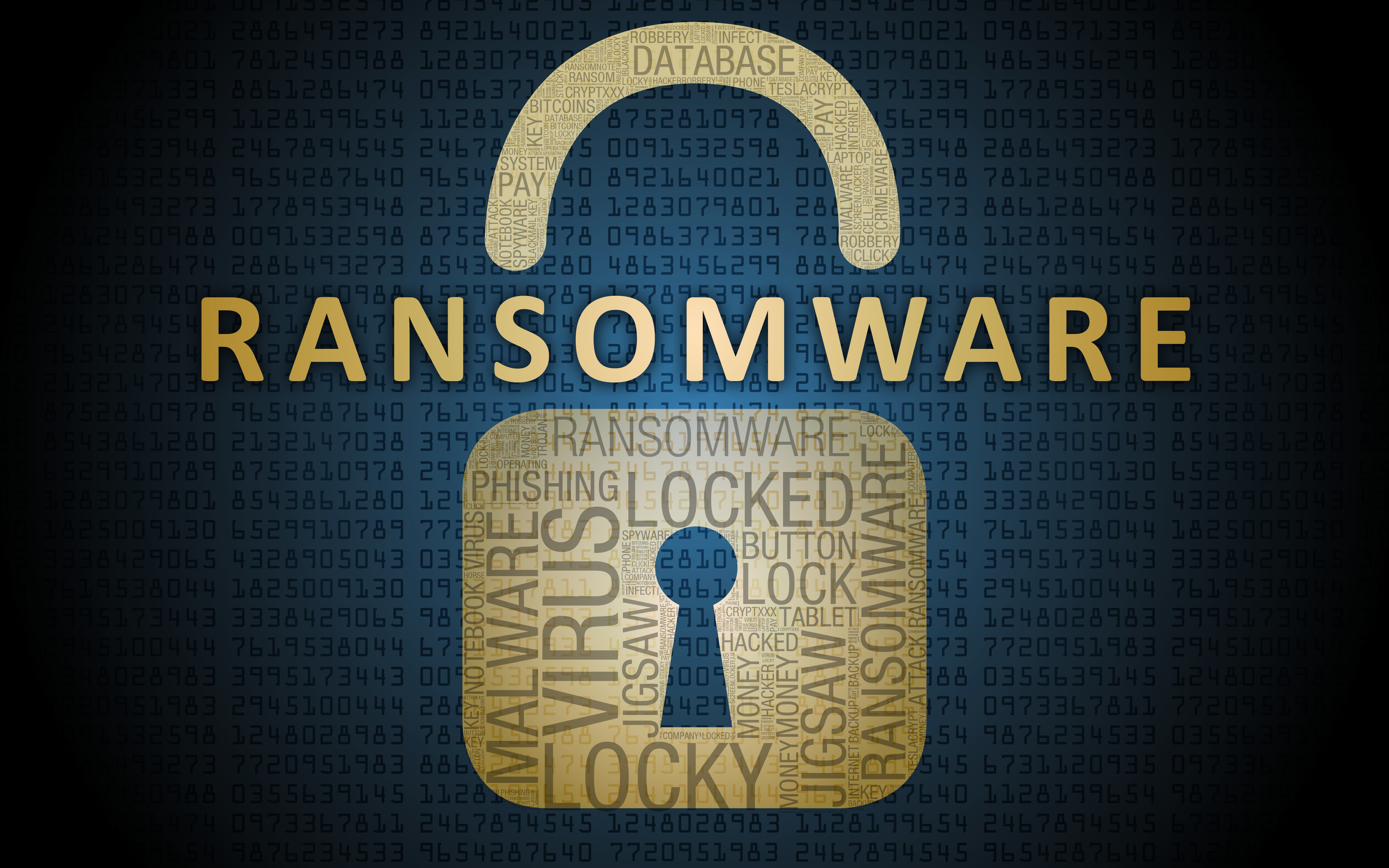Ransomware Protection: Safeguarding Your Organization’s Assets

It’s no secret that businesses today face significantly more mature online attacks than in previous decades. One of these evolving potential challenges for organizations is falling prey to ransomware attacks, whereby your organization’s data is encrypted and the attackers demand payment for the release of your information. Ultimately, your business is held hostage, which leads to a disruption in operations, loss of sensitive information, and severe financial and reputational harm.
Fortunately, this presents an opportunity for organizations to reinforce their defences and enhance resilience by proactively developing comprehensive and adaptable strategies for ransomware protection, including emergency response plans in the event of an attack. This empowers your company to confidently safeguard its digital assets, mitigate operational disruptions, and fortify its financial stability and reputation in the long run.
Knowing that you have an opportunity to mitigate the risk of a ransomware attack, take the time to arm yourself with these prevention basics so you can successfully build a customer approach to your cybersecurity strategy.
Prevention to Mitigate Ransomware Threats
a) Regular Software Updates and Patch Management
Keeping software and systems up to date is crucial in closing security gaps exploited by ransomware attackers. Regular updates and patches can prevent many attacks. Neglecting this can open doors for attackers, making it easier for them to exploit outdated systems.
b) Backup and Recovery Plan
A solid backup and recovery plan for critical data and systems is essential. It helps you quickly resume operations should an attack happen while minimizing massive data loss. Regularly testing these backups ensures they work when needed and provides peace of mind.
c) Network Segmentation
Dividing your network can limit ransomware spread and restrict access to sensitive data. This step is crucial in containing threats within manageable areas. Effective segmentation can also speed up recovery times by isolating affected areas.
d) Comprehensive Security Training
Educating employees on ransomware threats and safe internet practices is vital. It empowers them to identify and report suspicious activities, enhancing overall security. Continuous training updates keep staff informed about the latest threats and defence tactics.
Detect and Respond to Ransomware Threats
a) Advanced Threat Monitoring
Using tools like Endpoint Detection and Response (EDR) solutions helps detect ransomware early. Quick identification allows for faster responses to threats. Constant monitoring can detect subtle signs of a breach, often before major damage is done.
b) Incident Response Plan
An incident response plan details steps for managing ransomware attacks, including communication and recovery procedures. It’s a proactive step for organized and effective handling should an attack happen. Practicing this plan regularly ensures everyone knows their role during an attack.
c) Collaboration with External Expertise
Working with cybersecurity experts or managed security service providers (MSSPs) brings specialized knowledge and resources. They can significantly boost your ransomware detection and response capabilities. This external support can provide objective insights and solutions that internal teams may not have.
Simple Solutions for Ransomware Protection
a) Advanced Endpoint Protection
Employ endpoint protection solutions with AI and machine learning. They can block ransomware instantly, adding a strong layer of defence. These technologies adapt and evolve to counter new ransomware tactics effectively.
b) Secure Email Gateways
Secure email gateways are crucial for filtering phishing emails, a common ransomware delivery method. They add an essential protective layer to your email systems. Regularly updating these gateways ensures they catch the latest phishing attempts.
c) Data Loss Prevention (DLP) Tools
DLP tools monitor and protect against unauthorized data transfers. They prevent potential ransomware attackers from stealing your valuable information. Setting up DLP policies tailored to your data’s sensitivity levels can further enhance security.
Ransomware Protection through Workplace Culture
a) Cross-Functional Collaboration
Encourage teamwork across all departments. A united approach to ransomware protection involves everyone from IT to HR and operations. This collaborative mindset leads to a more resilient and prepared organization.
b) Open Communication Channels
Facilitate information sharing among employees about potential threats. Open communication builds a security-conscious culture in your organization. Regular updates and discussions about cybersecurity can keep everyone alert and informed.
c) Employee Incentives
Recognize and reward employees contributing to ransomware protection. Incentives encourage active participation in security measures and threat reporting. Acknowledging their efforts fosters a proactive security culture within the organization.
Ransomware attacks are scary. Planning for them doesn’t have to be. Protecting yourself by understanding where you may be vulnerable is the first step in strengthening your organization.
If you’re ready to protect yourself from ransomware, ADVANTUS360 is committed to delivering top-of-the-line ransomware protection solutions tailored to your cybersecurity needs. Contact us for a conversation on what your organization’s ransomware protection currently looks like.





